Porsche’s smallest SUV, the Macan, has quickly become one of the automaker’s best-selling models. From peppy to track-ready, we review the Macan’s engine offerings.
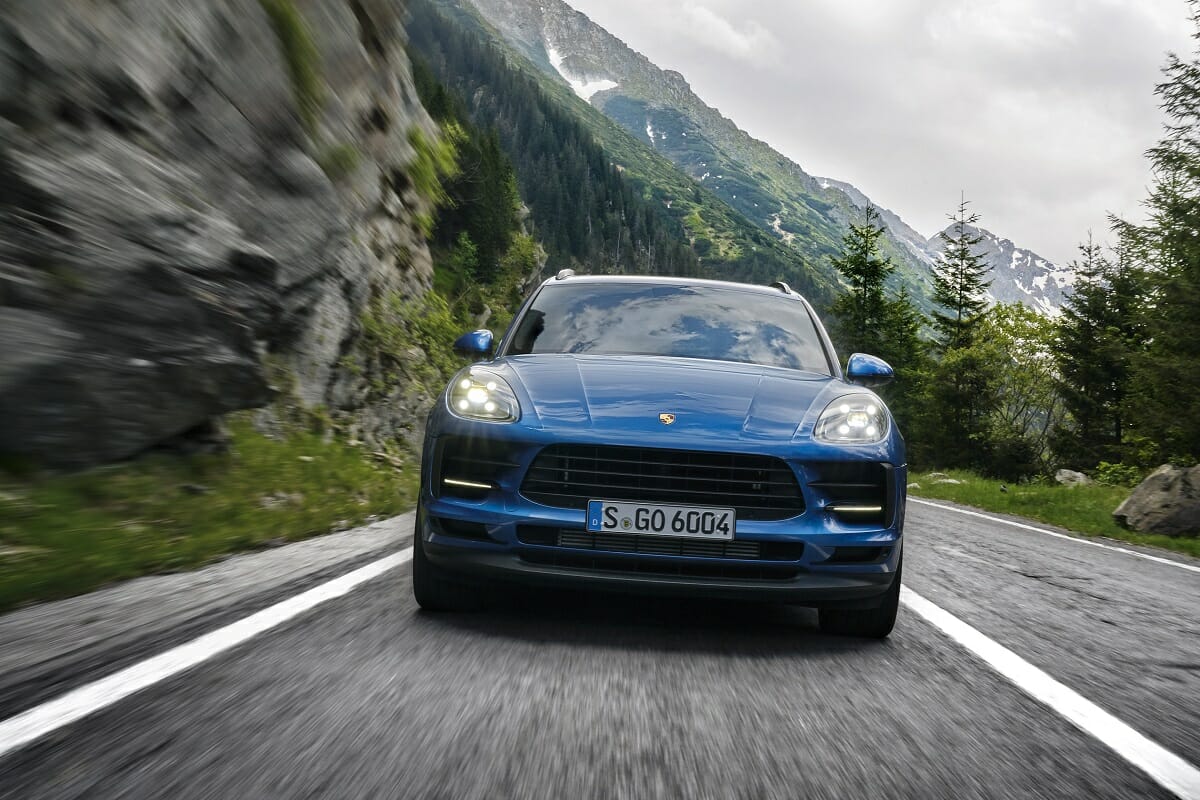
Oh, how the purists howled when Porsche decided to produce its first SUV, the Cayenne, back in 2003. Fast forward to today, and the lineup of the full-sized Cayenne and mid-sized Macan combine to take the largest account of all Porsche sales. In 2020 alone, Porsche produced over 18,000 Macans, making it the German automaker’s best-selling nameplate.
Let’s focus on that smaller Porsche offering, specifically what makes the Macan–derived from the Indonesian word for tiger–one of the fastest production SUVs you can purchase.
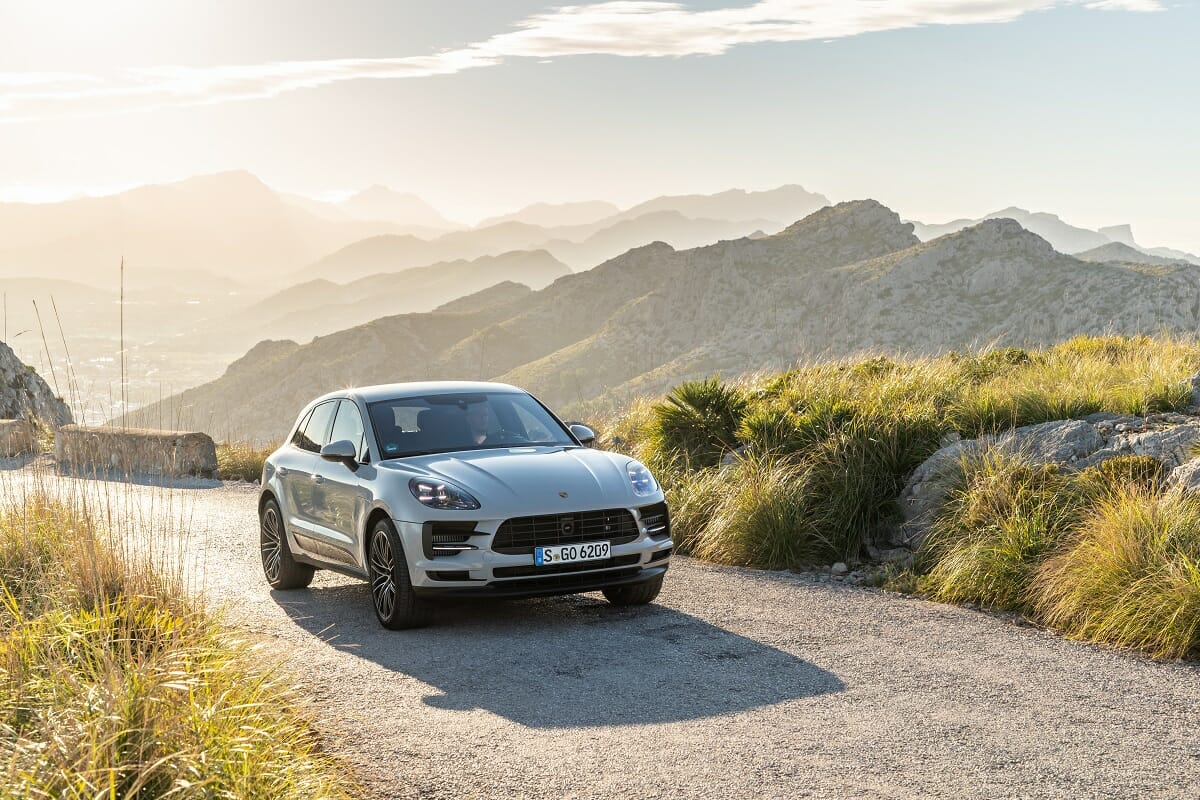
Porsche Macan Engine Options Explained
There’s just one generation of the Porsche Macan so far, and it’s been around since 2015. Though it shares a platform and 110-inch wheelbase with the first-generation Audi Q5 (both Porsche and Audi are owned by Volkswagen), only about 30 percent of the Macan’s parts are carried over from the Audi. This includes Porsche’s own PDK transmission and suspension tuning.
There are four turbocharged engine choices under that unique clamshell hood. The base Macan gets a 248 horsepower four-cylinder engine. Step up to the Macan S, and you get a V6 good for 348 horsepower. The Macan GTS features a V6 engine tuned to produce 375 horsepower, while the top trim Macan Turbo gets 434 horsepower.
All of these engines feature direct fuel injection as opposed to port fuel injection. Direct injection allows for more precise combustion control, greater power, and enhanced fuel economy. But be aware that carbon buildup can happen. This requires the valves to be cleaned, but the mileage at which this is needed varies based on driving conditions.
Macan Base
Introduced as a 2017 model, the 2.0-liter four-cylinder engine is intended to provide classic Porsche handling but without the added power or increased price tag that comes along with it. Fuel consumption is rated at a combined 21 mpg, making this Macan the most efficient of the group.
Under the hood is the generation-three version of the EA888 engine, originally designed by Audi. It’s a modern unit that includes direct fuel injection; sintered camshaft lobes; variable valve timing and lift for intake and exhaust valves; downstream oxygen sensors; and an exhaust manifold integrated into the cylinder head. This isn’t the same engine that was used on Porsche’s Boxster and Cayman models, which is a flat-four, or “boxer” motor.
This generation-three version engine is relatively new and seems reliable. However, potential buyers should be aware of issues relating to older generations of this engine, such as stretched timing chains at around 60,000 miles, which can still happen on the engine in the Macan.
The timing chain issue was addressed with a new design for the timing chain tensioner, and the engines in the later models are less prone to such malfunction.
Another concern is oil consumption, though again, the generation-three design seems to have resolved this issue. All engines burn oil, but keep an eye on the rate the Macan consumes it as it approaches higher mileage. Finally, at around 60,000 miles, an adjustment of the turbocharger actuator may be needed.
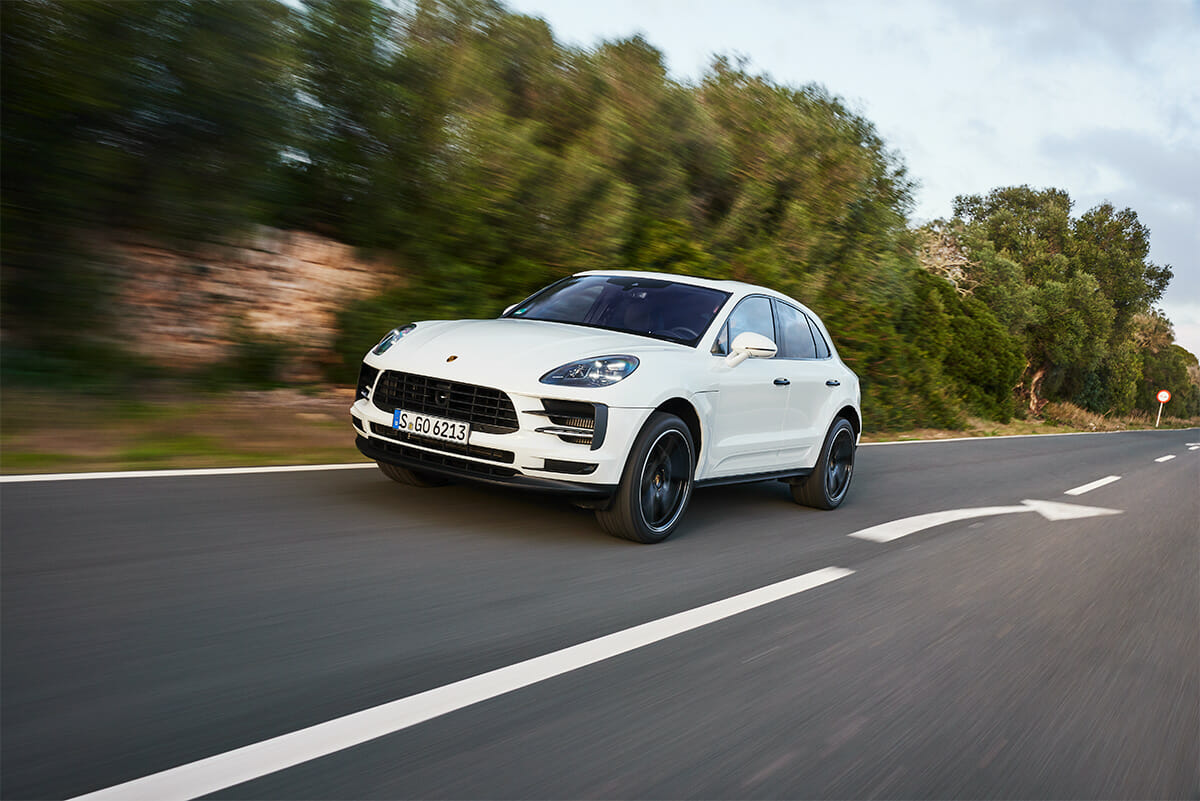
Macan S
Fixing an “S” badge to the back of your Porsche Macan means you’re fitting a 3.0-liter turbocharged V6 with either 340 or 348 horsepower, depending on the model year.
Propelled by a version of Audi’s V6 TFSI engine shared with the Audi Q5, the original Macan S was produced with this power unit until 2019. TFSI stands for Turbo Fuel Stratified Injection, or direct injection, and it’s utilized on many modern Audi and Porsche engines. The original Macan S is still a very fast SUV, hitting 0 to 60 in 5.1 seconds and achieving a top speed of 156 mph.
Starting with the 2019 model year, the Porsche Macan S received a new engine shared with the Panamera, Cayenne, and Cayenne E-Hybrid models.
The new 3.0-liter turbocharged V6 engine generating 348 horsepower and 354 lb.-ft. of torque.
This new V6 is equipped with a single twin-scroll turbocharger located in the inner V of the engine, as opposed to the twin-turbo setup of the original Macan. The new and more powerful engine marked an increase in both horsepower and torque over the 3.0-liter twin-turbo V6 Porsche used in preceding versions of the Macan S.
As a result, the refreshed model could accelerate from 0 to 60 mph in 5.1 seconds, or 4.9 seconds with the optional Sport Chrono package. The model’s top track speed also increased slightly to 157 mph.
The biggest difference with these engines is that single vs. twin-turbo setup. The original engine was developed by Porsche, while the latter was mainly an Audi effort. Don’t let that discourage you, as they drive almost identically.
The original engine suffered from a few trouble spots. Misfires from faulty ignition coils are the most common occurrence, and it’s best to replace them all at once if the first one goes.
The Porsche Macan features two fuel pumps: a high-pressure pump for the engine, and a low-pressure one for the fuel tank. If one fails, make sure to test both, as it’s easy to mistake which one is causing the problem.
Early Macan S and GTS models experienced an oil leak from the timing case cover seal. The issue was addressed in later models, however, the timing case seal can be a likely cause of oil loss in the future. The repair is not simple and requires extended knowledge and experience. So, it’s an issue that you’ll most likely need an experienced mechanic to handle.
Finally, Porsche began a recall in early 2020 that pertains to a fuel leak and involves all models produced between 2014 and 2019. This is the third time a recall for the Macan has been issued.
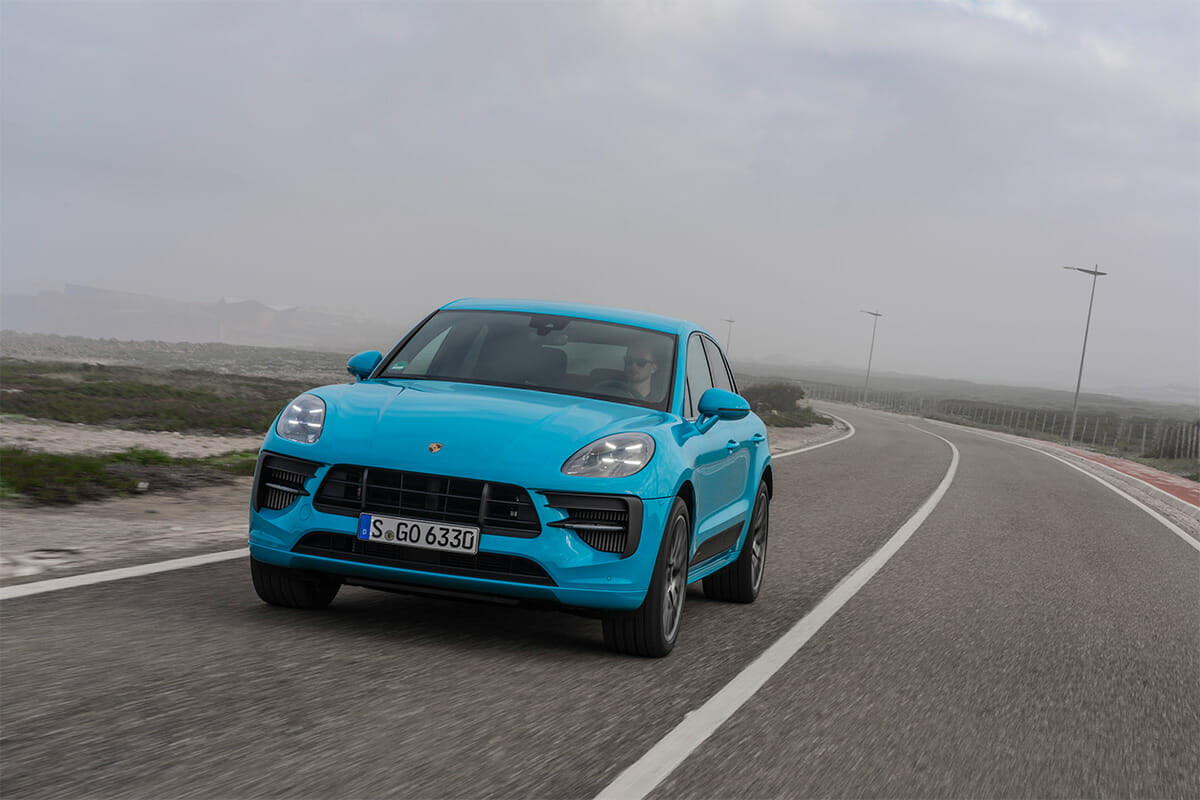
Macan GTS
Now we’re getting into some serious speed and power. The GTS denotes “Gran Turismo Sport,” and comes from some of Porsche’s most famous models, including the 1963 904 GTS, and later, the 928 GTS.
As with the Macan S, there are two GTS versions. The original was equipped with the same twin-turbo V6 from the Macan S but tuned to produce 20 more horsepower and 30 more lb.-ft. of torque.
The current Porsche Macan GTS gets a new 2.9-liter twin-turbo V6 that it shares with the Turbo trim, which ups the power by 15 horses compared to the original GTS, for a total of 375. When equipped with the Sport Chrono package, it can push the Macan to 60 mph in as little as 4.5 seconds.
That Sport Chrono package doesn’t add power, but it does allow you to access unique sport modes that allow for better acceleration launches, as well as a sport response button that puts the Macan into maximum attack mode for a duration of 20 seconds.
All of the issues that plague the original S engine are here as well, so make sure to check the same trouble spots when shopping for a used Macan GTS.
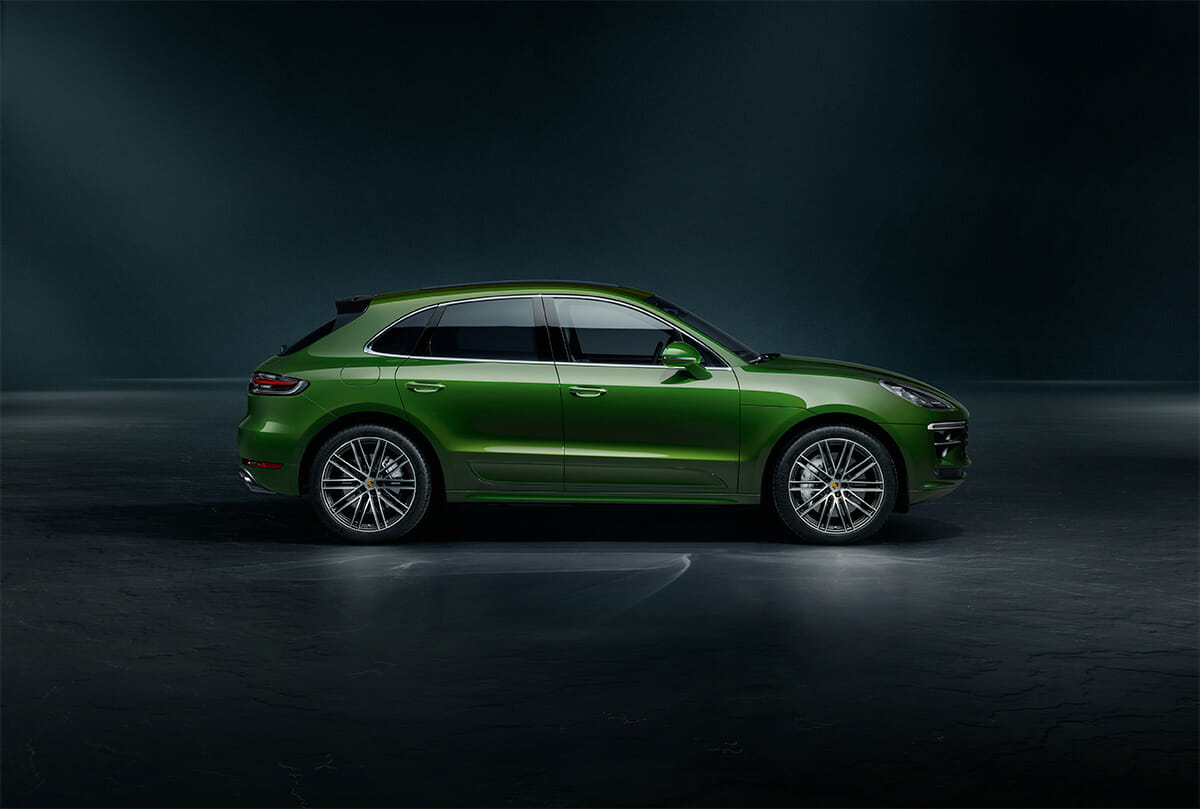
Macan Turbo
Historically, the “Turbo” badge on a Porsche meant you were getting the most powerful version of that car via a turbocharged engine. Lower trim models would receive an “NA,” or naturally aspirated engine with less power.
But in modern times, naturally aspirated engines are deemed to be less efficient, and now almost all engines in luxury automobiles are turbocharged. But fear not, because while every engine available in the Porsche Macan breathes through a turbo, that Turbo badge is still reserved for the fastest and most powerful car in the Macan lineup.
The original Macan Turbo was powered by a twin-turbo 3.6-liter V6 with 400 horsepower and 406 lb.-ft. of torque. It’s a slightly larger and more powerful version of the same engine found in the S and GTS trims.
Trouble spots for the original Turbo’s engine are the same in both the S and GTS since they share the same architecture.
In 2020, Porsche released the updated Macan with a 2.9-liter twin-turbo V6 that pumps out 434 horsepower from 5,700 rpm to 6,600 rpm and 405 lb.-ft. of torque from 1,800 rpm to 5,600 rpm, enabling a 0-60 mph sprint of 4.3 seconds, or 4.1 seconds with the optional Sport Chrono package.
In both cases, the acceleration figure represents a 0.3-second improvement versus the predecessor model with or without the Sport Chrono package. Top track speed was now 167 mph, an increase of three mph. The same engine is also used in the Cayenne and Panamera model lines and replaces the 3.6-liter twin-turbo V6 used in the previous Macan Turbo.
As with other Macan models, power is sent to all four wheels through a seven-speed PDK dual-clutch transmission and Porsche Traction Management all-wheel drive.
In addition to quicker acceleration and a higher top track speed, the 2020 Porsche Macan Turbo also has improved braking ability over the preceding Macan Turbo model.
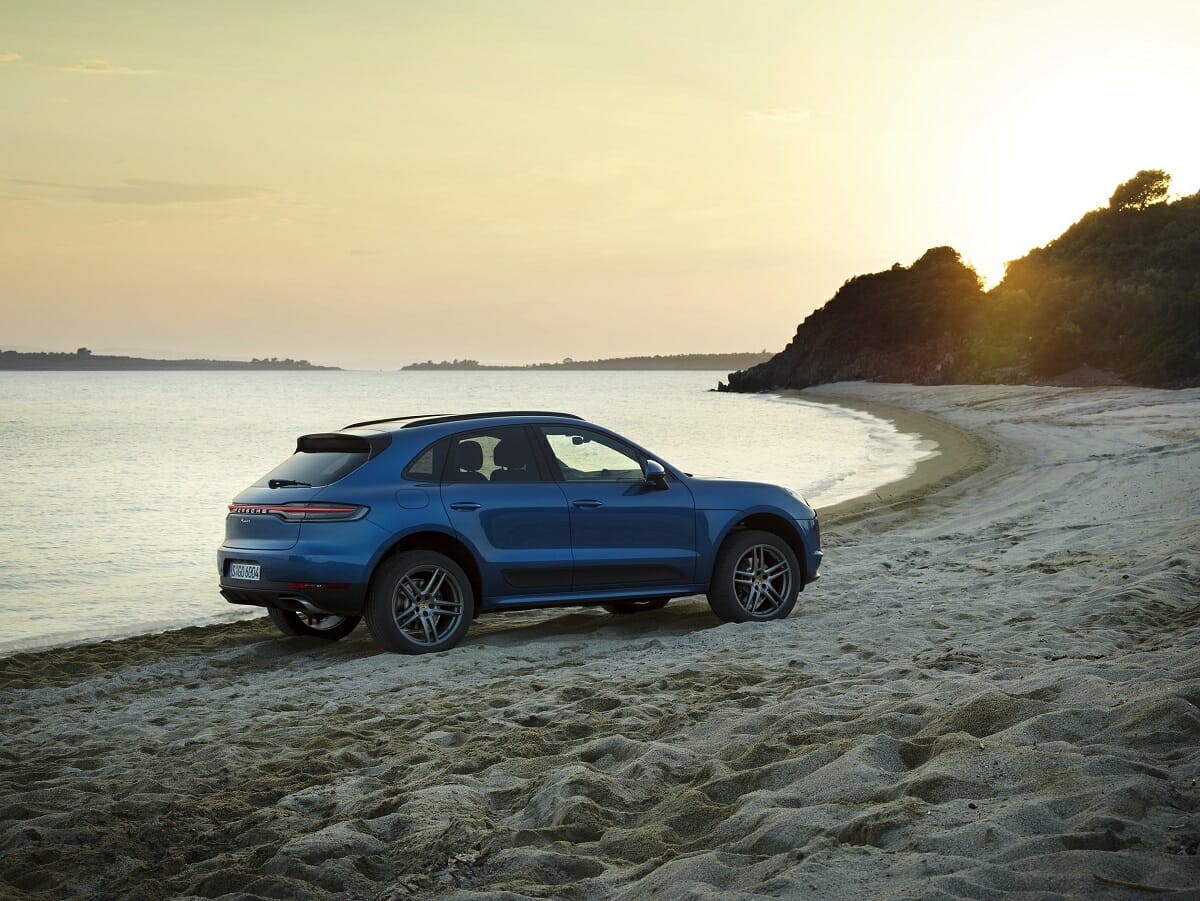
Which Macan Engine is Best for You?
The Macan overall is a fairly reliable SUV, with annual repair costs that average out to $1,265 each year. The engines in the Macan have been subject to three recalls that affect the fuel system. So, be sure to check out a Vehicle History report to ensure these services were completed before purchase.
The Macan holds its value well on the used-car market, and with four engine options, it presents choices for every budget. The only question is, how much power do you need to enjoy your Macan?
For most, the 248 horsepower of the base model should be plenty, allowing you to look the part while still providing plenty of pep on your daily commute. Just be wary of early models due to timing chain issues.
However, for a starting price of around $8,000 more, the S is our top pick. You get exactly 100 extra horsepower thanks to the new 3.0-liter turbo, shaving off roughly a second and a half off the 0-60 time of the base model. We suggest a 2020 or newer Macan S as they’re not affected by the oil leak issues of the 2014-2019 models.
Photos: Porsche; Evox Images
